首頁 > INTRODUCTION
INTRODUCTION | STRUCTURE AND PRECISION CERAMIC DIVISION
-
Product Introduction
The most professional team,
R&D and production of dozens of PhDs.
Product Introduction
STRUCTURE AND PRECISION CERAMIC DIVISION
-
 Various ceramic application
materials and precision ceramic characteristics and applications
Various ceramic application
materials and precision ceramic characteristics and applications
Ceramic materials are divided into alumina, zirconium oxide, silicon nitride, aluminum nitride, boron nitride, silicon carbide according to their characteristics and processes. They can achieve insulation, high pressure resistance, acid and alkali resistance, wear resistance, high temperature resistance, high heat dissipation or high heat resistance, self-lubrication and other characteristics. They are divided into semiconductor ceramics, optoelectronic ceramics, scientific ceramics, precision ceramics, chemical ceramics, textile ceramics, industrial ceramics, etc. -
Alumina ceramics (Al2O3)
Alumina ceramic materials have high temperature resistance, acid corrosion resistance, good insulation, and good thermal conductivity.
The main commonly used purities are 92% 95% 96% 99% 99.5%, 99.7% alumina. The material density is between 3.6~3.96. The material molding methods include casting, injection, hot pressing, dry pressing, isostatic pressing... and other molding schemes, which have a slight impact on the density and physical properties of the material.
92% 95% 96% alumina is white. 92% is often used for ceramic grinding balls, and 95% and 96% alumina are often used for batch structure mold forming applications. The sintering temperature is about 1400~1650 degrees and will be adjusted according to different applications. The maximum temperature resistance of 95% alumina is about 1500 degrees, and the normal use temperature is recommended to be below 1200 degrees. Many gas and electric tool ceramic parts and electronic ceramic parts will use it. The thermal conductivity of 96% alumina is about 20~22W/MK. Because of its low price, it is also often used in heat sinks or ceramic circuit boards.
99% alumina and 99.5% alumina above are beige or off-white in color, and the sintering temperature is about 1700 degrees. The thermal conductivity is about 24~27W/MK. Some structures can be molded, but it is more commonly used in industrial structural applications. It is often used in optoelectronics, semiconductors, industrial electronics and other fields. -
Zirconia ceramics (ZrO2)
Zirconia ceramics have good toughness and bending strength, and the material density is between 5.8 and 6.1. Because of the high material density, small pores and self-lubricating properties, it is often used in biotechnology medical molds, aviation titanium mechanisms, industrial ceramic shafts, ceramic sleeves and precision ceramic balls, ceramic blades, semiconductor packaging and testing IC carriers, etc. There are yttrium ingot zirconia, magnesium ingot zirconia and yttrium ingot black zirconia. The biggest difference is that magnesium ingot zirconia can withstand temperatures up to 2000 degrees, but the common zirconia is white yttrium ingot zirconia, which can only withstand temperatures within 1300 degrees. The normal operating temperature is recommended to be below 650 degrees. The characteristics of black zirconium are not much different from white zirconium.
-
Aluminum nitride ceramics (ALN)
The biggest feature of this material is its good thermal conductivity. The common thermal conductivity of the material is 170W/MK, 200 W/MK. The special specification of 220~230W/MK is for more special applications.
Due to its good thermal conductivity and insulation, the aluminum nitride ceramic substrate is used in the market for heat dissipation and ceramic circuit boards. The semiconductor and electric heating industries are also commonly used as precision ceramic structures for parts or heat spreaders that require high thermal conductivity and heat dissipation. -
Silicon nitride ceramics (Si3N4)
The material has low density, light weight, and is not easy to break or crack. There are two main sintering processes as follows:
Silicon nitride materials are divided into HIP hot isostatic pressing sintering and GPS gas pressure sintering silicon nitride. The material has self-lubricating properties, higher toughness, better thermal conductivity, impact resistance, better acid and alkali resistance, and the material is also widely used in biotechnology and medical, food hygiene, aviation titanium, military industry and semiconductor industries.
GPS silicon nitride substrates can reach 60~80W/MK according to special requirements and are mostly used in AMB copper-clad ceramic circuit boards. HIP hot isostatically pressed silicon nitride has good structural density and is not prone to collapse, so it can be used in applications such as micro-hole processing probe test pieces. -
Silicon carbide ceramics (SiC)
Silicon carbide ceramic materials are mainly divided into pressureless sintered silicon carbide and pressureless sintered silicon carbide. They have good acid and alkali resistance and wear resistance. The temperature resistance can reach about 1600 degrees. If it is in a vacuum gas, it can reach more than 1800 degrees. It has good thermal conductivity and thermal shock resistance. It can withstand relatively fast temperature rise and fall and is not easy to break. Pressureless sintered silicon carbide has a low resistivity. In addition to plasticizing and casting industries, it is also commonly used in semiconductor industry anti-plasma and electrostatic protection ceramic materials and optoelectronic semiconductor equipment CVD heating and carrier applications.
-
Boron nitride material (BN)
This material is divided into HBN93% or more high-purity boron nitride, PBN 99.9% or more pure boron nitride and BN+Al2O3, BN+ZrO2, BN+SiC, BN+ALN and other composite boron nitride materials, suitable for various environments and needs. The material has good thermal conductivity and heat dissipation, low thermal expansion coefficient, and is not easy to adhere to other foreign materials. It can withstand a temperature of about 1000 degrees in the atmosphere, and can withstand a maximum temperature of 2000 degrees under vacuum and inert gas protection. It is very suitable for carrier plates and mold fixtures for high-temperature special gas sintering. Because the density of the boron nitride material itself is low and the material structure strength is poor, some composite boron nitride can be added with different materials to improve the corresponding physical properties. Sometimes it can solve the shortcomings of boron nitride itself or other ceramic materials, so that it can be used in more variable special environments.
-
Machinable ceramic
Commonly known as glass fiber ceramics, the most representative materials are Corning's Macor materials and other alternative materials. In addition to having good insulation properties, as the name suggests, its density and hardness are relatively low, and its processing method is much easier than other ceramic materials. Under complex processing conditions, it has a certain degree of material advantage in saving processing costs.
- Regardless of the type of ceramic material, Tachi can provide customers with the best solution.
產品包含ZTA 釔銨錠 鎂銨錠 項目/Items 單位/Unit 氧化鋁 氧化鋁 氧化鋁 增靱
氧化鋁氧化鋯 氧化鋯 氮化鋁 氮化矽 氮化矽 碳化矽 氮化硼 氮化硼 +
氧化鋁可加工 陶瓷 95% Al₂O₃ 99% Al₂O₃ 99.6% Al₂O₃ 20%ZrO₂+80% Al₂O₃ ZrO₂94.9% ZrO₂95% ALN Si ₃N₄熱壓 Si ₃N₄(Gps) SiC BN>99% >99% 密度Density g/cm³ >3.6 >3.8 3.85~3.92 4 6 5.9 3.32 3.2~3.4 3.2 3.12 1.95~2.0 2.3 2.7 吸水率
Water absorption% 0 0 0 0 0 0 0 0 0 0 0 0.038 熱膨脹係數
Coefficient of thermal expansion10⁻⁶/k 7.6 6.5~7 6.5 9.5 8.5 4.5 3~3.2 3 3 1.5 1.9 8.6 楊氏彈性模量
Young's modulus of elasticityGPa 358 375~380 380 1200 1000 300 300~320 440 65 泊松比
Poisson's ratio/ 0.22 0.22 0.22 0.3 0.3 0.26 0.25 0.17 硬度(Hv) MPa 1440 1700 1700~1800 1600 1350 1200 1500 1400~1600 1400~1600 2800 莫氏4~5 彎曲強度(室溫)
Flexural strength (room temperature)MPa >300 350 380 1200 950 720 700~800 800~900 390 85 108 彎曲強度(700°C)
Flexural strengthMPa 230 230 280 480 210 210 350 380 抗壓強度(室溫) Compressive strength (room temperature) MPa 2500 3550 3300 2100 2000 2300 2300 2300 1800 100 150 488 斷裂韌性 Fracture toughness MPa●m¹ᐟ² 3~4 4 4.2 4~5 8 8~10 6.2 6~7 6.2 3.9 >2.56 熱導率(室溫)
Thermal conductivity (room temperature)W/m●k 20 26 27 2.5 2 170 20 20~25 120 30 35 1.68 比電阻率(室溫)
Resistivity (room temperature)Ω●mm²/m >10¹² >10¹⁴ >10¹⁶ >10¹⁰ >10 ¹¹ >10¹³ >10¹⁸ >10¹⁴ >10⁵ >10¹⁴ >10¹² 1.08*10¹⁴ 介電常數
Dielectric constant1MHz 9 9.5 8.8 6~7 最高使用溫度(無載荷)
Max temperature℃ 1500 1600 1600~1650 650 1300 1700 1000 1000 1700 900
2200Vcm1000
1700Vcm800 耐酸鹼腐蝕性能
Acid and alkali corrosion resistance/ 強 強 強 強 強 強 強 強 強 強 / >(白) ( 象牙白) ( 象牙白) (白) (黑) (灰) (灰黑) (灰黑) (黑) (白) (白) (白) *本表為理論數據,與實品可能略有差異,僅供參考。
氧化鋁、氧化鋯、氮化矽、氮化鋁、氮化硼、碳化矽、AL2O3、ZrO2、Si3N4、AIN、SiC、BN
※ 以上所有數值皆會因為您所需的產品成分不同有所變化 -
-
 Capability
Capability
Production process: 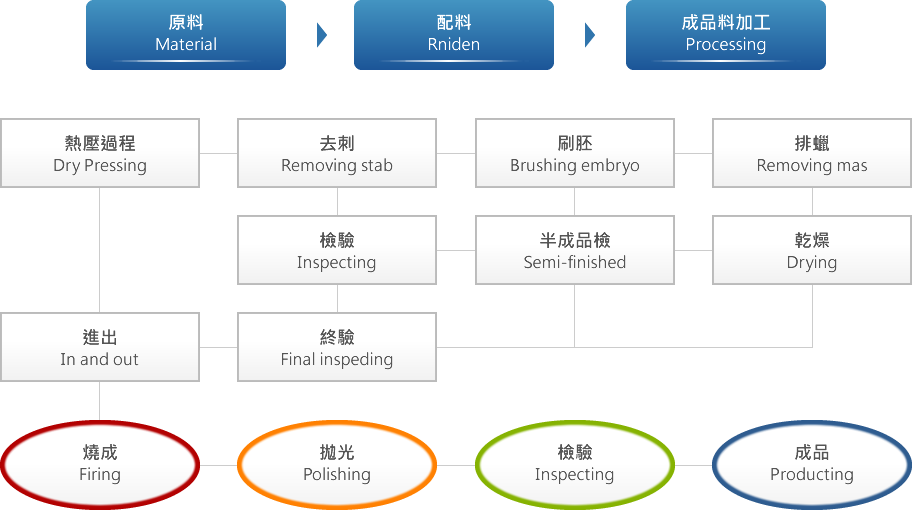
-
 Measuring Equipment
Measuring Equipment
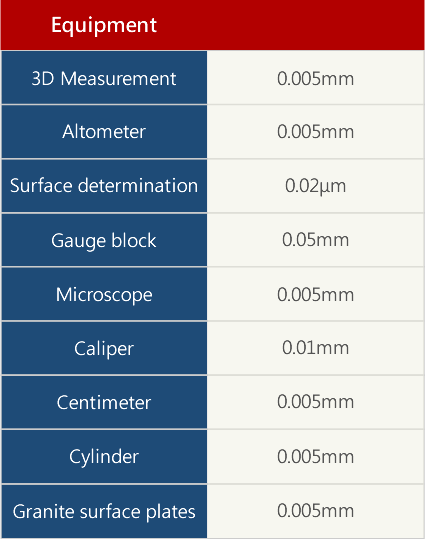
Device environment:
-
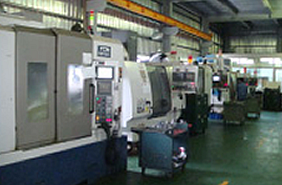 Machinery and equipment
Machinery and equipment
-
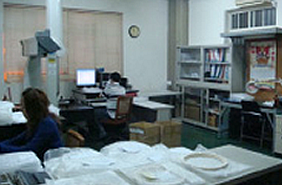 QA room
QA room
-
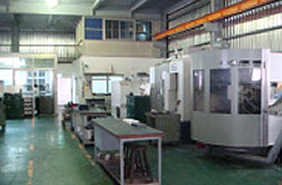 Machinery and equipment
Machinery and equipment
-
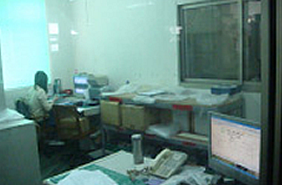 Raw tube room
Raw tube room
-
-
 Precision Engineering Ceramics
Applications
Precision Engineering Ceramics
Applications
Semiconductor and LCD equipment component parts and supplies more should be used for the front of the thread, such as the following: depart from the implant, micro-film and display images, chemical gas to shim size film, corrosion, was sprinkled image, cleaner, and the threading equipment, including a majority of the is to use the vacuum chamber environment, but also for the vacuum chamber environment the long period of time using chemical gas conditions, the gas within the department to use the part on the special attention required is to acid alkali, corruption and corrosion resistant friction ....
-
 Common engineering ceramic parts
Common engineering ceramic parts
-
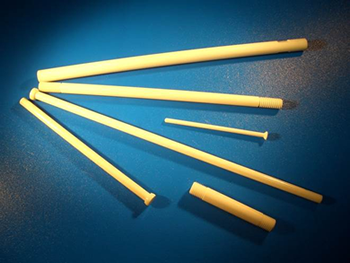
Ceramic Pin
Depend on equipment, therefor different kind of size and special ceramic pin. That will be able to process by design.
-
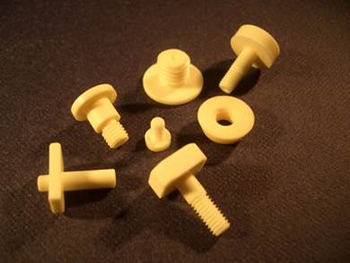
Ceramic Cap
Semiconductor and Photoelectric industry mechanical desktop appliance for the required use of acid & alkali comparison of high corruption and corrosion of chemical drugs compound, and the machine with the use of the screw is also to consider the anti-acid & alkali corruption and corrosion, and many Mechanical Desktop in the screw is accounted for by using ceramic screw.
-
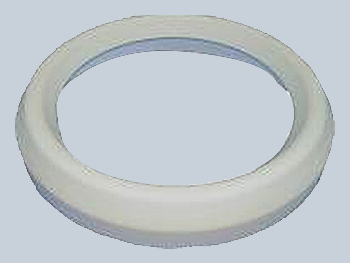
Focus Ring
Mainly used in Semiconductor and Photoelectrical Industry Corrosion etching appliance,so that is also long-term associated with chemical drugs compound to trigger, therefore parts of manufacturer’s board of directors using a ceramic or quartz, quartz comparison of ceramic does not impact resistant, quartz after the impact likely to result from a peeling status. The opportunities created and the problem. It is now known as the sampling of ceramics factory, has been more and more.
-

Injector
At the semiconductor appliance plays a chemical gas enter the role, because he had long time is required to trigger chemical gas, and he must be to have a acid and alkali resistant to corruption and corrosion of the function to avoid his corruption and corrosion caused by a mechanical equipment for profit. The ceramic parts of corruption and corrosion resistance to acids & alkali gang good, and it is suitable for use.
-

Guard Ring
Ceramic itself does not magnetic features fit in semiconductor within a protective environment prevent noise, interference with different size of parts,therefor it will be able to produce by size.
-

Ceramic robot Arm
The semiconductor appliance interior often use chemical drugs chemicals, mechanical appliance product born of the product and must be able to turn to the next site to be cleared, and a mechanical arm this product. To avoid interference with the chemical drugs compound said unto mechanical arm product biological chemistry reactions, many vendors have started to use ceramic products born of the mechanical arm.
-
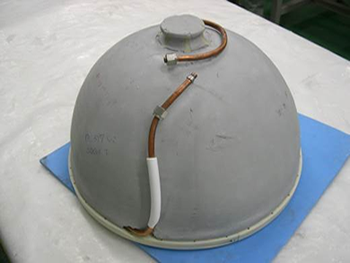
Dome
Will be used in the reactor system, and plasma chemical gas or sometimes stay in this, so the need to pay particular attention to acid corrosion in the material used on the bell, so there are many clocks used in the semiconductor device cover the use of ceramic materials, the appearance of the bell with another Coating can also be other metal.The Division bell metal or ceramic surface treatment can do.
-
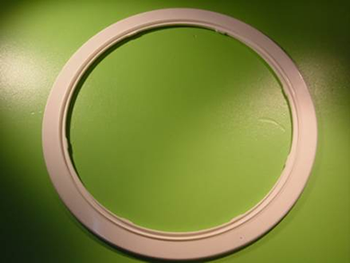
Clamp Ring
For optoelectronic industry machine equipment, long-term exposure to chemical agents will, ceramic materials can avoid long-term exposure to chemical agents corrosion phenomenon.
-

Clamp Ceramic panel/side item/Gear/flap
The LCD corrosion burn a mechanical equipment, mechanical desktop to be long-term with chemical drugs compound to trigger, in the midst of holes is required locking screw, so Clamp material quality multi-number must be the quantity can be acids & alkali, anti-corruption and corrosion, and the majority of Clamp are accounted for by using ceramic materials. The Clamp should host one of the requirements of the board forming a lot is not a type, so I shall do the ceramic Clamp. For a customer, the globalization of services, can be used in conjunction with production of ceramic or metallic long board ceramic surface processing.
-
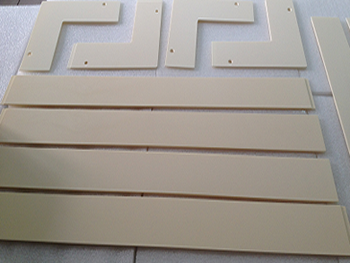
Ceramic Insulator /Ceramic Shield
The LCD corrosion burn mechanical equipment to be long-term with chemical drugs compound, triggered by the mechanical the thread size respectively, for example the size small to make a gas forming, so inch drier than the rule makes a sub-paragraph for the interception of the paragraph, as follows.
-
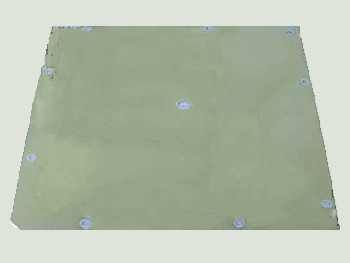
Stage and board
The vacuum stage for LCD plate and corrosion burn a mechanical equipment, mechanical to be long-term with chemical drugs compound the catalytic converter, the size of the Board for consumers in different, even unto you can tie in with customer needs and various size specifications of the production.
-
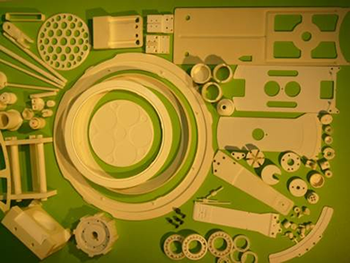
Others parts
-
-
INTRODUCTION
STRUCTURE AND PRECISION CERAMIC DIVISION
-
INTRODUCTION
ELECTRONIC CERAMIC CIRCUIT BOARD DIVISION
-
INTRODUCTION
COATINGS AND SURFACE TREARMENT DIVISION

